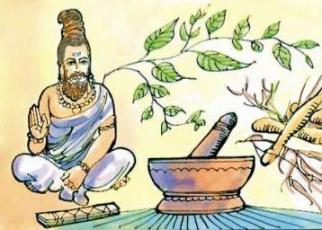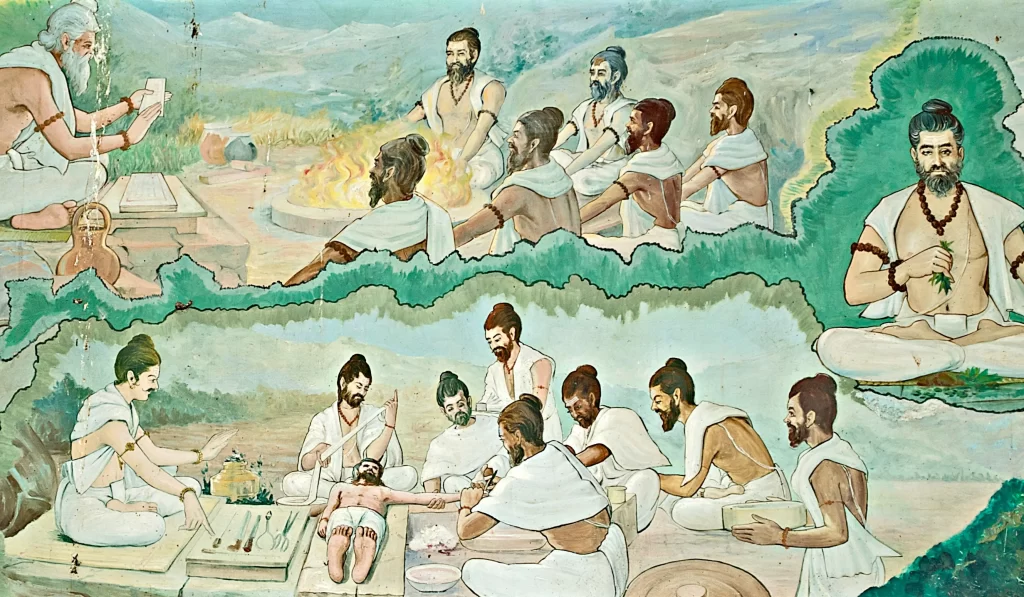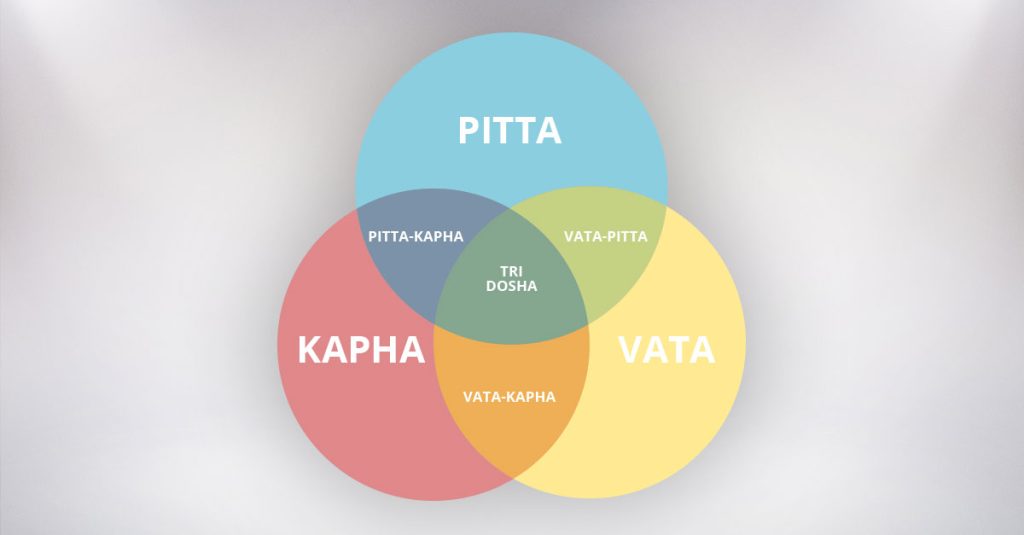A glimpse of Ayurveda – The history and principles of Indian traditional medicine
Ayurveda is considered as one of the oldest of the traditional systems of medicine (TSMs) accepted worldwide. The ancient wisdom in this traditional system of medicine is still not exhaustively explored. Ayurveda is one of the most renowned traditional systems of medicine that has survived and flourished from ages till date. With the enormous knowledge of nature based medicine, the relationship of human body constitution and function to nature and the elements of the universe that act in coordination and affect the living beings, this system will continue to flourish in ages still to come. There are many avenues still to be explored by the researchers, practitioners and experts in the field who carry the responsibility of keeping the traditional systems of medicine (TSMs) alive and contributing to their growth in the future. However, due to many barriers such as lack of literature sources in different languages and insufficiency of awareness about the basic principles and histories of the systems from different ethnic origins, there is a lacuna of exchange of information from systems around the globe.

The Vaisheshika School preached about inferences and perceptions that should be obtained about a patient’s pathological condition for treatment. Whereas, Nyaya school propagated its teachings on the basis that one should have an extensive knowledge of the patient’s condition, and the disease condition before proceeding for treatment. The school of Vaisheshika, classifies the attributes of any object into six types: substance, particularity, activity, generality, inherence and quality called as Dravya, Vishesha, Karma, Samanya, Samavaya and Guna respectively, in Sanskrit language.

Even before these schools were established and also today, the origin of Ayurveda is considered to be divine, from the Hindu God, Brahma who is called as the creator of the universe. It is believed that the creator of the universe passed on this holistic knowledge of healing onto the sages for the well-being of mankind. From the sages the knowledge of traditional medicines was passed on to the disciples and then to the common man by various writings and oral narrations. The information about the healing properties of the herbs was composed in the form of poems, called “Shlokas”. These were used by sages to describe the use of medicinal plants. The Hindu system of healing is believed to be based on four eminent compilations of knowledge (Vedas) called as Yajur Veda, Rig Veda, Sam Veda, and Atharva Veda. The Rig Veda is the most well-known of all the four Vedas and describes 67 plants and 1028 Shlokas. The Atharva Veda and Yajur Veda describe 293 and 81 medicinally useful plants. The practice of Ayurveda is based upon the knowledge gained from these Vedas.
Ayurveda believes that the entire universe is composed of five elements: Vayu (Air), Jala (Water), Aakash (Space or ether), Prithvi (Earth) and Teja (Fire). These five elements (referred to as Pancha Mahabhoota in Ayurveda) are believed to form the three basic humors of human body in varying combinations. The three humors; Vata dosha, Pitta dosha and Kapha dosha are collectively called as “Tridoshas” and they control the basic physiological functions of the body along with five sub-doshas for each of the principal doshas.

Ayurveda believes that the human body consists of Saptadhatus (seven tissues) Rasa (tissue fluids), Meda (fat and connective tissue), Rakta (blood), Asthi (bones), Majja (marrow), Mamsa (muscle), and Shukra (semen) and three Malas (waste products) of the body, viz. Purisha (faeces), Mutra (urine) and Sweda (sweat). Vata dosha maintains the cellular transport, electrolyte balance, elimination of waste products and its effect is increased by dryness. Pitta dosha regulates the body temperature, optic nerve coordination and hunger and thirst management. Heat conditions of the body aggravate Pitta. Kapha dosha is increased due to sweet and fatty food and it provides lubrication to the joints for proper functioning. The catabolism of the body is believed to be governed by Vata, metabolism by Pitta and anabolism by Kapha. For a healthy state of health, a balance between the three doshas and other factors should be maintained. Any imbalance between the three causes a state of illness or disease.

In the recent decades, Ayurveda has experienced a considerable shift in its paradigm and a significant change in the outlook of researchers, towards its applications has occurred. The therapeutic principles of Ayurveda focus on prakriti and tridoshas, and these principles explain that every individual has his unique constitution called as prakriti. Prakriti determines the characteristic response of each individual to medications, environmental conditions and dietary factors.
An integration of the knowledge of modern analytical techniques with a broader perspective for applications of Ayurveda principles can help in its wider acceptance globally. There is an increasing need of proving and fostering the scientific basis of the principles of Ayurveda, to keep this age old valuable system of medicine, as a living tradition in future.
